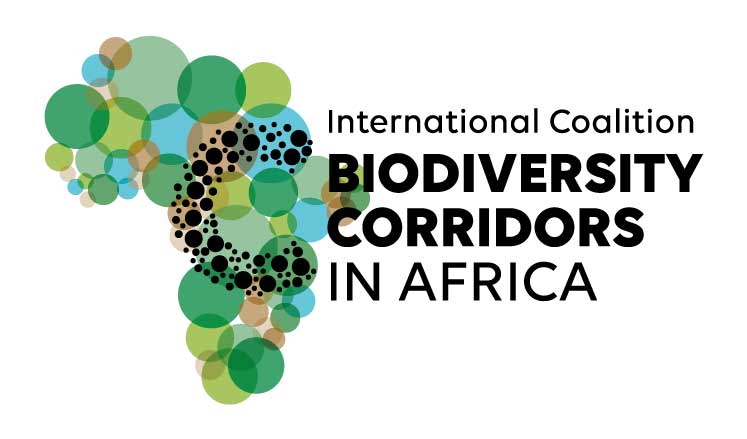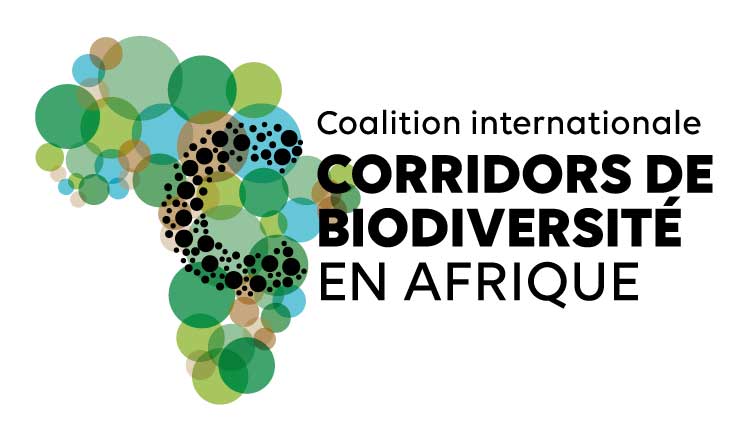This website uses cookies so that we can provide you with the best user experience possible. Cookie information is stored in your browser and performs functions such as recognising you when you return to our website and helping our team to understand which sections of the website you find most interesting and useful.
The 15th Conference of the Parties (COP) to the Ramsar Convention, held under the theme “Protecting Wetlands for Our Common Future”, concluded on July 31. This edition was marked by greater consideration of ecological connectivity, new financial mechanisms, and the management of certain diplomatic tensions reflecting the current global context.
Between Consensus and Divergence: Diplomacy Put to the Test
This COP did not escape the influence of today’s diplomatic and geopolitical climate. A resolution extending the one adopted at COP14 on the impacts of the war in Ukraine was submitted to a vote, contrary to the usual practice of consensus. Of 109 voters, 42 supported the text, 11 opposed it, and 52 abstained. Russia denounced the politicization of negotiations and announced its withdrawal from the Convention, partially supported by China.
In addition, Algeria attempted to contest certain Ramsar sites declared by Morocco in the Sahara, proposing stricter criteria for the listing and monitoring of sites. Faced with opposition from many parties, it eventually withdrew its resolution but intends to reformulate it.
The United States intervened for the first time at the end of negotiations, surprising delegations, by laying out five “red lines” (climate, equity and gender, the 2030 Agenda, SDGs, financing). However, they did not block consensus on the adoption of resolutions.
Ultimately, despite these marked diplomatic tensions, COP15 succeeded in adopting the vast majority of resolutions, including the new strategic plan,essential to guiding action over the next decade, as well as approving a budget increase. Nevertheless, the traditional consensus, a cornerstone of many international negotiations, now appears increasingly fragile.
Connecting Ecosystems: A Growing Commitment on the International Stage
Amid a complex diplomatic context, this COP led to the adoption of a new strategic plan, the fifth one, covering the period 2025–2034.
This plan, “more aligned with the targets of the Kunming-Montreal Global Biodiversity Framework (GBF),” addresses the issue of connectivity in its Goal 3: “Wetlands of international importance are recognized, effectively conserved and managed and, through the designation of deserving sites (…) ecological connectivity [has] significantly increased within the network of wetlands of international importance.”
However, it is regrettable that the issue of connectivity is not more explicitly detailed in the objectives related to this goal. The concrete operationalization and monitoring of this objective will therefore need to be closely tracked in the future operational framework, particularly with the indicators, national reports, and monitoring tools provided.
The concept of connectivity was addressed across discussions at COP15 Ramsar, not only in the strategic plan but also in several resolutions concerning site management, governance, and regional cooperation. This growing focus stems from the fact that, in African, European, and global landscapes, species mobility, whether of migratory birds, amphibians, semi-aquatic mammals, or fish, is intrinsically linked to ecological continuity between wetlands, forests, grasslands, floodplains, etc.
Species mobility plays a key role in raising awareness of the importance of linking natural areas. It encourages decision-makers to view these environments less as isolated entities and more as part of a true “ecological continuum.” This continuum is embedded within interconnected geographic, international, and territorial dynamics.
Examples include:
- The resolution on strengthening national actions for the conservation and restoration of migratory routes and critical sites for waterbirds (COP15 Doc.23.16 Rev.1), which emphasizes that conserving migratory routes contributes to achieving several GBF targets, particularly by enhancing ecological connectivity. It therefore encourages parties to implement national actions to conserve and restore migratory routes for waterbirds, ensuring the security of ecological networks and connectivity of these sites.
- The resolution on the recognition of river dolphins and other indicator species of inland wetlands for the conservation and sustainable use of rivers (COP15 Doc.23.21 Rev.1), which encourages “the creation of corridors that promote ecological connectivity between wetlands in the Amazon basin” to improve the protection of river dolphins.
- The resolution on the restoration of degraded freshwater ecosystems to safeguard ecological characteristics, biodiversity, and ecosystem services (COP15 Doc.23.15 Rev.1), which promotes the restoration of degraded freshwater ecosystems, with an integrated landscape and watershed approach, to reconnect habitats and achieve the global target of restoring 30% of degraded areas by 2030.
The inclusion of connectivity in GBF Goal A and Target 2 is particularly positive for mainstreaming the concept, especially as different COPs increasingly aim to strengthen the cross-cutting nature of their missions.
Financing: Innovative Solutions to Address Persistent Inequalities
Alongside negotiations, one of the central issues for parties was financing, especially for conservation, particularly in Africa, which hosts 25% of global biodiversity but receives only 2–3% of global biodiversity funding.
As expected, carbon credits and their counterparts, biodiversity credits, were widely discussed. The host country, Zimbabwe, discussed several projects on these issues, such as developing a methodology for biodiversity credits based on pilot field projects.
Zimbabwe also raised the possibility of establishing a bilateral agreement inspired by the model currently used by Zambia with countries like Sweden under Article 6 of the Paris Agreement. Such an agreement sets an official framework for the international transfer of carbon credits (ITMOs), allowing a buyer country to account for emission reductions achieved by the host country as part of its own climate commitments. This mechanism not only supports investment in concrete projects for emission reduction or sequestration (e.g., renewable energy, energy efficiency, or ecosystem restoration), but also strengthens bilateral cooperation, transparency, and credibility in international carbon markets, while avoiding double counting.
Other methods discussed included:
- The Green Climate Fund (GCF): an international fund created in 2010 under the UNFCCC, which aims to finance, among other things, emission reduction projects in developing countries.
- The Global Environment Facility (GEF): an international fund created in 1991 that supports developing countries’ actions on five priority issues (biodiversity loss, chemicals and waste, climate change, international waters, and land degradation).
- Nature Bonds: financial instruments for restructuring national debt specifically to fund biodiversity. They function as bonds whose repayment or interest rate reduction is linked to positive environmental outcomes such as conservation, restoration, or biodiversity protection. For example, a country could refinance its sovereign debt at a lower interest rate on the condition that the savings are invested in nature-related projects.
- Biodiversity Stewardship Agreements: formal contracts between landowners and government authorities to protect, manage, and enhance biodiversity in a given area. These agreements encourage voluntary conservation, ecological restoration, and sustainable habitat management through specific commitments, which may include financial or technical compensation. They are a tool for local governance to integrate biodiversity into land-use planning.
COP15 Ramsar confirmed the growing importance of ecological connectivity in international policies. It also underlined (or reminded) that environmental challenges remain closely tied to diplomatic balances and financial mechanisms. Despite geopolitical tensions and more fragile consensus, the conference succeeded in adopting a new ambitious strategic plan for the coming decade.
Yet beyond the commitments made, the real challenge begins now: implementation. The success of this new roadmap will depend on the Parties’ ability to translate promises into measurable actions, supported by robust monitoring tools, fair financing, and strengthened cooperation.
Image credit: Highlights and images – ENB-IISD – Wetlands_Convention – 31Jul25 – Anastasia Rodopoulou – Photo 75

